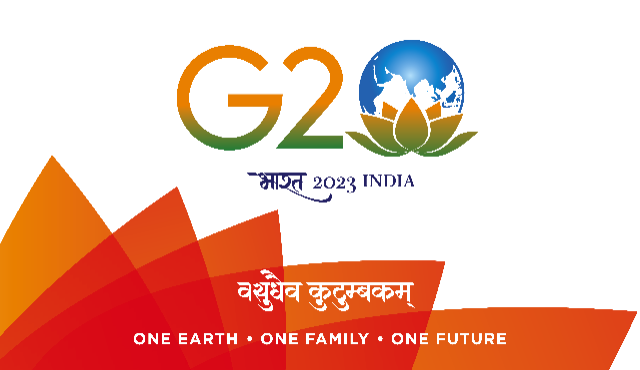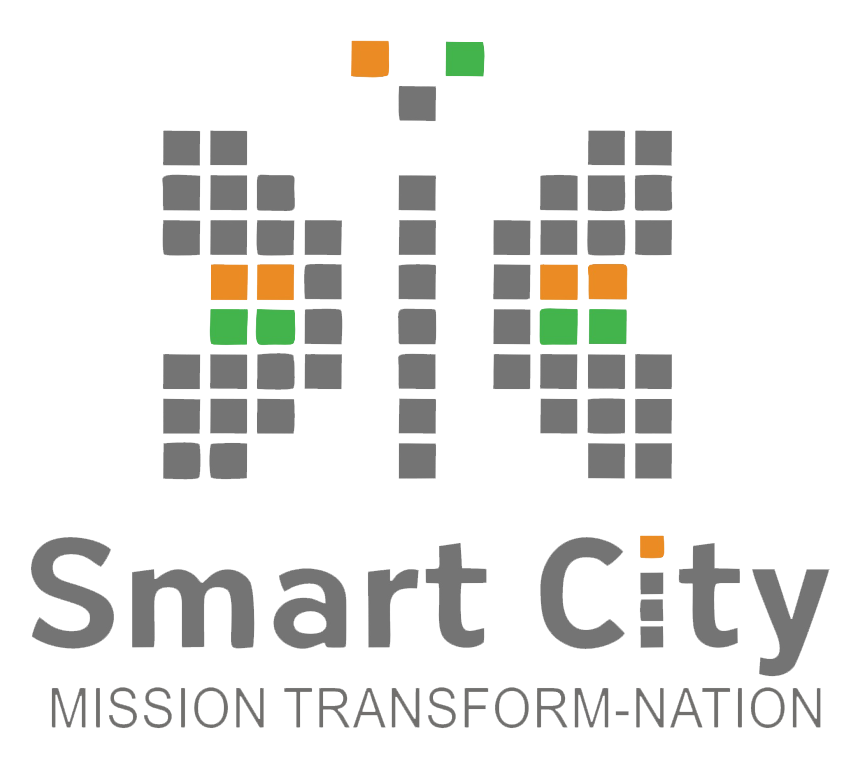



The state of Delhi is the largest producer of solid waste in India; nearly 8,000 metric tons of solid waste are produced every day.2 Over 78% of thiswaste is dumped in one of three garbage dumps in the city outskirts. As Delhi continues to grow, its appetite for landfll sites remains insatiable. Over 14 landfll sites have already been used up, and the three disposal sites currently in use have already far exceeded their capacity.
Still, they continue to receive waste.Three municipal bodies—the Municipal Corporation of Delhi (MCD), the New Delhi Municipal Council (NDMC) and the Delhi Cantonment Board (DCB)—are responsible for solid waste management in New Delhi. Of the three, the MCD covers almost 95% of the total area of New Delhi. Addressing the issue of waste has become a priority for all Urban Local Bodies (ULBs) in New Delhi. Several private companies have been roped in to manage waste through various technology-intensive methods. This case study explores the political, socio-economic, and environmental implications of the proposed TIMARPUR-OKHLA Waste Management Pvt. Ltd’s integrated waste-to-energy (WTE) project at Delhi1. Being promoted as a milestone, the project is the frst of its kind in a series of projects across the country and is predicted to revolutionize waste management in India. But serious questions remain about its feasibility and desirability.